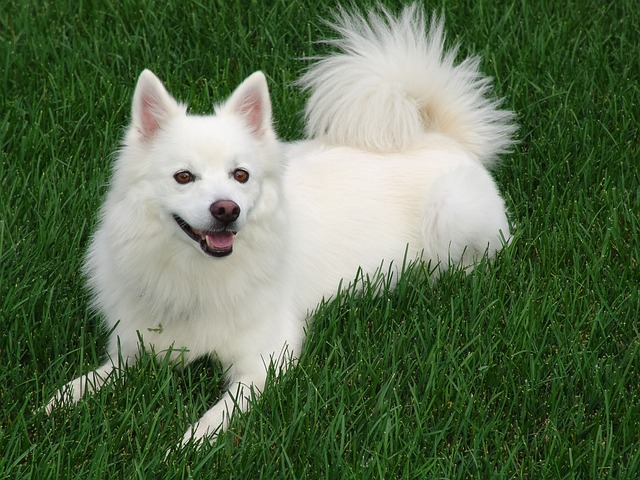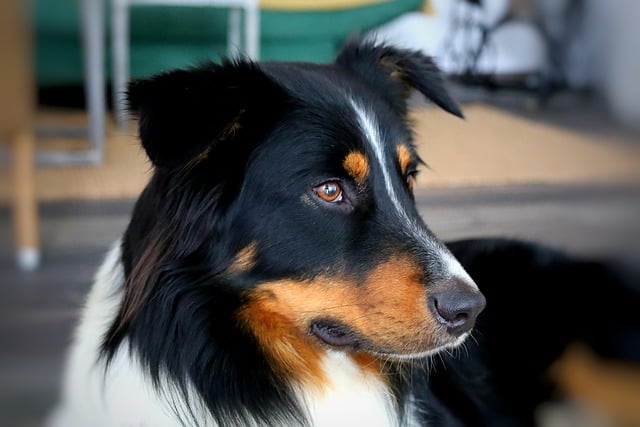If you've ever been dragged down the sidewalk by a determined German Shepherd or felt your shoulder strain as your pit bull lunges toward another dog, you know the frustration of handling a strong dog who pulls and lunges. That moment when your 80-pound companion suddenly becomes an unstoppable force can leave you feeling defeated and, frankly, a bit embarrassed. But here's what I've learned after years of working with powerful breeds: the solution isn't about being stronger than your dog—it's about being smarter.
The truth is, most traditional training methods miss the mark entirely when it comes to understanding why dogs pull and lunge in the first place. We often approach these behaviors as defiance or dominance issues, when in reality, they're deeply rooted in natural canine instincts that have been refined over thousands of years of evolution.
When your dog pulls forward with determination, they're not trying to assert dominance over you. Instead, they're responding to their primal drive to investigate, hunt, or protect. That sudden lunge toward another dog might look aggressive, but it could actually be an over-excited greeting attempt or a defensive reaction triggered by uncertainty. Strong dogs, in particular, have been bred for specific working purposes—whether that's herding, guarding, or hunting—and these instincts don't simply disappear when we attach a leash.
This is precisely why shouting "no" or yanking back on the leash often backfires spectacularly. You're essentially fighting against millions of years of genetic programming with a single word and some upper body strength. I've watched countless owners engage in this losing battle, creating a cycle where the dog becomes more reactive and the human becomes more frustrated.
What actually works is something that might seem counterintuitive at first: we need to work with these instincts rather than against them. Think of it as having a conversation in your dog's native language instead of expecting them to suddenly become fluent in ours.
One of the most effective techniques I've discovered involves redirecting that powerful pulling energy before it even begins. Instead of waiting for your dog to spot a trigger and react, you become the most interesting thing in their environment. This means carrying high-value treats—not just any treats, but something that makes your dog's eyes light up. For strong, food-motivated dogs, this might be small pieces of chicken or cheese.
The key is timing. The moment you notice your dog's attention shifting toward a potential trigger, you immediately become animated and engaging. Use an excited voice, make interesting noises, or even do a little dance if that's what captures their focus. The goal is to interrupt the mental process that leads to pulling and lunging before it reaches the point of no return.
Body language plays a crucial role in this process too. Strong dogs are incredibly perceptive to human tension and energy. When you tense up because you see another dog approaching, your dog feels that change through the leash and often interprets it as a signal that there's something to be concerned about. Instead, practice maintaining relaxed shoulders and confident posture. Your dog should feel like you're the calm, capable leader who has everything under control.
Another surprisingly effective approach involves teaching your dog that pulling actually makes them move away from what they want. This technique requires patience, but it's remarkably powerful. When your dog starts to pull toward something interesting, you simply stop moving and wait. Don't jerk the leash or give any commands—just become a tree. The moment your dog releases tension on the leash or glances back at you, you immediately praise them and move in the direction they wanted to go.
This method works because it makes pulling self-defeating. Your dog quickly learns that pulling equals stopping, while walking nicely equals getting to explore. It's a natural consequence system that makes sense in their world.
Now, let's talk about equipment, because the right tools can make a tremendous difference when you're dealing with a strong dog. A well-fitted front-clip harness can be a game-changer. Unlike traditional collars that can actually encourage pulling by creating pressure against the throat, a front-clip harness redirects your dog's forward momentum to the side, making it physically more difficult for them to drag you along.
For dogs who lunge, I often recommend a head halter, though it requires careful introduction and conditioning. Think of it like a horse's halter—it gives you control over where your dog's head goes, and where the head goes, the body follows. The key is spending several weeks getting your dog comfortable with wearing it before ever attaching a leash.
When implementing these techniques, expect some initial confusion from your dog. They've likely spent months or years successfully pulling you around, so the change in rules might be puzzling at first. This is completely normal. Strong dogs, in particular, can be quite persistent when they're used to getting their way through sheer force.
Start your training in a low-distraction environment—maybe just your backyard or a quiet street. Practice the basic concept of attention redirection when there's nothing particularly exciting happening. This builds the foundation for more challenging situations later.
One common challenge owners face is the "extinction burst"—a temporary increase in unwanted behavior when you first change your response. Your dog might pull even harder initially, testing whether the old rules still apply. This is actually a sign that your training is working, but it's also the point where many people give up. Push through this phase with consistency, and you'll see significant improvement.
The beautiful thing about instinct-based training methods is how they transform the entire relationship between you and your dog. Instead of constant conflict and tension, walks become collaborative experiences. Your dog learns to check in with you regularly, and you develop a deeper understanding of their communication signals.
I've seen reactive dogs who used to lunge at everything gradually become confident, well-adjusted companions who can pass other dogs without incident. The change isn't just behavioral—it's emotional. Dogs trained with these methods tend to be more relaxed overall because they're not constantly fighting against their natural instincts.
For owners, the benefits are equally profound. That shoulder strain and embarrassment gradually fade away, replaced by pride in your dog's progress and confidence in your ability to handle challenging situations. You'll find yourself actually enjoying walks again instead of dreading them.
The stress reduction is significant for both species. When you're not constantly braced for the next pull or lunge, your cortisol levels drop, and your dog picks up on that calmer energy. It creates a positive feedback loop where everyone feels more at ease.
If you're feeling overwhelmed by the process, remember that you don't have to figure everything out on your own. Professional trainers who specialize in positive, instinct-based methods can provide personalized guidance for your specific situation. Look for trainers who are certified through organizations like the Certification Council for Professional Dog Trainers (CCPDT) or the International Association of Animal Behavior Consultants (IAABC).
Books like "The Other End of the Leash" by Patricia McConnell and "Control Unleashed" by Leslie McDevitt offer deeper insights into canine psychology and practical training techniques. These resources can help you understand the science behind why these methods work so effectively.
Online communities and local dog training groups can also provide valuable support during your journey. Connecting with other owners who've successfully trained strong, reactive dogs can offer both practical tips and emotional encouragement when progress feels slow.
The path to stop a strong dog from pulling and lunging isn't about dominance or force—it's about understanding, patience, and working with your dog's natural instincts rather than against them. Every small success builds toward bigger victories, and with consistency and the right approach, even the most determined puller can learn to walk beautifully by your side.





